Listen to the introduction
Alluding to a carrot-and-stick approach to foreign policy with Chinese characteristics, China scholar Christopher Ford (2016) describes Chinese foreign policy approaches as having “Confucian flesh and realist bones.”
The aphorism refers to China’s soft approach based on Confucian ethics of benevolence to achieve its foreign policy objectives; however, if this approach fails, it takes an underlying realist view to achieve its foreign and domestic policy goals.
In its relationship with Taiwan, we could argue that Beijing continues to prioritize peaceful paths to reunification with the island, but both parties know it could resort to military means to achieve its objective, even though it continues to not use those means.
China (PRC) has long considered Taiwan to be an integral part of its territory. This perspective is why it uses the term . Taiwan prefers the latter term, based on Taipei’s historical interpretation that the island of Taiwan was never part of the People’s Republic of China. As the author’s purpose is to analyze China’s position towards Taiwan they will use the term reunification however this usage is should not be conflated for taking a position either way regarding (re)unification.
With those differences in mind, peaceful reunification has been the major policy goal for the Chinese Communist Party (CCP) since 1949. While all Chinese leaders from Mao Zedong to Xi Jinping have voiced their preference for a peaceful reunification with Taiwan, they have consistently maintained will not renounce the use of force if needed to achieve this goal. To illustrate, in Xi Jinping’s speech at the 14th National People’s Congress in March 2023, he stressed:
China should implement the Party’s overall policy for resolving the Taiwan question in the new era, uphold the one-China principle and the 1992 Consensus, actively promote the peaceful development of cross-Strait relations, resolutely oppose foreign interference and separatist activities aimed at “Taiwan independence,” and unswervingly promote progress towards national reunification.
Xinhua 2023
Xi made similar comments in his Report to the 20th National Congress of the Communist Party of China in which he said:
Taiwan is China’s Taiwan. Resolving the Taiwan question is a matter for the Chinese, a matter that must be resolved by the Chinese. We will continue to strive for peaceful reunification with the greatest sincerity and the utmost effort, but we will never promise to renounce the use of force, and we reserve the option of taking all measures necessary. This is directed solely at interference by outside forces and the few separatists seeking “Taiwan independence” and their separatist activities; it is by no means targeted at our Taiwan compatriots.
Ministry of Foreign Affairs of the People’s Republic of China 2022
Notwithstanding the leadership statements, military coercion has always been part of the reunification playbook. For example, military exercises around Taiwan in August 2022 after the visit of Nancy Pelosi (Reuters/Asahi Shimbun 2023), PLA aircraft incursions into Taiwanese airspace (Airforce Technology 2022), and Chinese drone incursions (Lin 2023) have become regularized aspects of Chinese military pressure on Taiwan.
Beijing’s approaches to controlling Tibet, Xinjiang, and Hong Kong, such as the well-documented re-education camps (Ruser 2020) and the adoption of an ambiguous National Security Law suggest that Taiwan’s reunification with Mainland China may result without the use of military force, though it may rely on coercion and the suppression of political and human rights.
More worrisome are the comments of China’s ambassador to France, Lu Shaye, who said that Taiwan’s people would be “re-educated so that the Taiwanese population will again become favourable of the reunification and will become patriots again” (Taipei Times 2022).
Notwithstanding these possibilities, I am attempting to take a much broader look at China’s many and varying efforts to reunify with Taiwan.
It is a priority for China that it have a peaceful reunification with Taiwan. China has increasingly adopted non-military tactics to achieve this goal, such as economic leverage, diplomatic isolation, psychological warfare and disinformation, deployment of the United Front Work Department (UFWD), and cultural influence, rather than through overt force. These tactics and the motivations behind them highlight the importance of the issue for the CCP and the possibility of a peaceful reunification.
This article elaborates on China’s non-military approaches for reunification with Taiwan. It begins by introducing the motivations and preferred outcome for cross-strait relations. It then examines the non-military tactics that China has adopted to pursue reunification including the weaponization of economic leverage, diplomatic isolation, psychological warfare and disinformation, United Front Work Department (UFWD) activities, and the promotion cultural influence.
The short conclusion reemphasizes that the China prioritizes non-military approaches to its longstanding objective of reunification. Simultaneously, it stresses that military force remains a possibility and as a result, a strategy of deterrence should be deployed by Taiwan and its partners to dissuade Beijing from any military action to promote reunification.
Motivations and Preferred Outcome
China’s motivations for pursuing reunification with Taiwan are multifaceted. First, as the Taiwan Affairs Office of the State Council and the State Council Information Office on The Taiwan Question and China’s Reunification in the New Era (2022) has elaborated, the PRC is driven by a historical narrative that sees Taiwan as an integral part of Chinese territory.
Second, as described in Zheng Wang’s 2012 book Never Forget National Humiliation Historical Memory in Chinese Politics and Foreign Relations, reunification is a matter of national pride and a means to restore China’s perceived historical greatness and overcome the hundred years of national humiliation.
Finally, Taiwan’s strategic location along the first island chain and its advanced technology industries such as the Taiwan Semiconductor Manufacturing Company (TSMC) make it an attractive asset for China (Kennis 2023).
China’s desired outcome is a peaceful reunification with Taiwan that ensures regional stability and prosperity. It would prefer to pursue a non-military approach as it minimizes the risk of a conflict with the United States and with other regional powers, which could have devastating consequences for all parties involved.
In a January 2023 report by CSIS, The First Battle of the Next War: Wargaming a Chinese Invasion of Taiwan, authors Mark Cancian, Matthew Cancian, and Eric Heginbotham highlight that even in the most optimistic scenarios, a conflict between the US and China over Taiwan could result in crippling losses for the Chinese fleet and cause severe economic and reputational damage to China.
Beijing’s clear priority vis-à-vis Taiwan forms part of its larger plan: to achieve China’s centenary goal of becoming a strong, democratic, civilized, harmonious, and modern socialist country by 2049, the 100th anniversary of the founding of the PRC (Jie and Ning 2017). Peaceful reunification would enable China to integrate Taiwan’s advanced industries into its own economy and further solidify its position as a global superpower.
Weaponizing Economic Leverage
Since China began its program of reform and opening in the late 1980s, economic relations between China and Taiwan have deepened (Xinhua 2018). For example, according to the Ministry of Foreign Affairs, Republic of China (Taiwan) (2023a), from “1991 to the end of December 2021, approved investment in China comprised 44,823 cases worth US$198.28 billion. In 2021, the value of cross-strait trade reached US$273.06 billion.”
The leadership in Beijing recognizes the importance of building stable and prosperous cross-strait relations. Economic integration has become one of the principal tools that China is using to draw Taiwan closer (Chen 2003), using economic coercion to strongly encourage it, if not compel it, to accept Beijing’s demands for peaceful reunification (Hsiao 2023).
The rapid growth of the Chinese economy has made it an attractive market for regional businesses, including those from Taiwan, because of its geographical and cultural proximity as well as China’s enormous competitive labour advantages (Nagy 2022). China understands and promotes these assets, which has made it moderately successful in using economic incentives to increase Taiwan’s dependence on the mainland. By way of illustration, through initiatives like the Economic Cooperation Framework Agreement (ECFA) signed in 2010, China has created preferential trade and investment conditions for Taiwanese companies (Chou 2010), thus increasing cross-strait economic ties, economic dependency, and vulnerability to economic coercion (Lai 2022, Reilly 2013).
China continues to use a light touch in encouraging Taiwanese businesses to invest in the mainland (Blanchard 2017). China hopes that by creating a vested interest in maintaining stable cross-strait relations, Beijing can shape the internal debate within Taiwan as to the benefits of reunifying with China sooner than later.
China’s tactics extend to talent recruitment programs such as the “31 Measures” and “26 Measures,” which offer incentives for highly skilled Taiwanese workers to relocate to the mainland (Taiwan Work Office of the CPC Central Committee and Taiwan Affairs Office of the State Council 2018, Xinhua 2019). By developing economic dependencies and luring talented professionals, China aims to make reunification more appealing and less threatening for the people of Taiwan.
China’s approach includes efforts to recruit top Taiwanese semiconductor talent to accelerate China’s technological development and remove its strategic dependence on Taiwan and other jurisdictions for its semiconductors (Moore 2021).
In the case of the 31 Measures and 26 Measure initiatives, according to the Mainland Affairs Council, Republic of China (Taiwan), “the evidence shows that the effect of the 31 Taiwan-related measures has been minimal” (2019). The 26 Measures, in contrast, has seen a bifurcation of support with Taiwan’s ruling Democratic People’s Party (DPP) rejecting the measure while the opposition Kuomintang (KMT) has welcomed the initiative (Aspinwall 2019). In either case, new initiatives promulgated by China aim to divide the Taiwanese electorate to create opportunities for China to weaken support for status quo or pro-independent movement parties and politicians.
Indisputably, China’s “light touch” also comes with coercive measures as well. Russel Hsiao, in his Global Taiwan Brief China Ramps Up Economic Coercion on Taiwan Ahead of 2024 Elections argues that Beijing’s efforts include “a combination of targeted bans of select goods, expanded import restrictions of a range of products beyond just agricultural and aquatic goods, arbitrary regulatory enforcements targeting select companies for their political activities, and the sanctioning of individuals and organizations” (Hsiao 2023).
What is more, “Beijing began issuing stern warnings to Taiwanese businesses operating in the PRC to mind their political contributions within Taiwan. In November 2021, Chinese textile and cement subsidiaries of Taiwan’s Far Eastern Group – a major donor to the two major political parties within Taiwan – were arbitrarily fined more than US$13.87 million for a series of supposed regulatory violations, including breaches of environmental protection rules” (Hsiao 2023).
Diplomatic Isolation
Upon taking over the Republic of China’s (Taiwan) position at the United Nations in 1971, Beijing has pursued a strategy of diplomatic isolation to diminish Taiwan’s international standing and limit its ability to forge alliances (Herscovitch 2022). As part of that objective, Beijing insists that countries recognize the “One-China principle” that “there is but one China in the world, Taiwan is an inalienable part of China, and the Government of the People’s Republic of China is the sole legal government representing the whole of China” (Mission of the People’s Republic of China to the European Union 2022).
In that regard, Beijing has made acknowledging its claim over Taiwan a prerequisite for other countries wanting to normalize bilateral relations with China. China’s stance has resulted in it successfully persuading or pressuring many countries to sever diplomatic ties with Taipei in favour of establishing relations with Beijing. As of April 2023, only 12 countries maintained official diplomatic ties with Taiwan, and this number continues to dwindle (World Population Review 2023). The most recent example of this approach is the termination of diplomatic relations with Taiwan by Honduras in March 2023 (Ministry of Foreign Affairs Republic of China (Taiwan) 2023b).
This diplomatic isolation weakens Taiwan’s ability to garner international support in the event of a crisis and limits its access to global forums, such as the United Nations (Huang 2003). Moreover, China uses its influence in international organizations to exclude Taiwan from participating in global decision-making processes, further marginalizing Taiwan as a political entity in the international community. A contemporary example of this was Chinese pressure to not invite Taiwan to a WHO meeting in May 2020 to share “Taiwan’s renowned scientific expertise on pandemic disease” (Regalado and Fang 2020).
Although diplomatic isolation has been successful, Taiwan has found creative ways to engage with international partners. As examples, Taiwan continues to purchase arms from the US and France (Ministry of Foreign Affairs Republic of China (Taiwan) 2023c), its military trains with Singapore and the US (Scott 2022) and it still retains diplomatic relations with 12 states.
Psychological Warfare and Disinformation
According to Sasakawa Peace Foundation’s (SPF) Research Fellow Jun Osawa, China employs psychological warfare and disinformation campaigns to sow discord and confusion within Taiwanese society. He cited the 2018 SPF report that “Taiwan has suffered manipulative cyberattacks targeting the democratic process, including the mass dissemination of opinions in support of pro-China candidates in presidential, national, and local elections, as well as mass postings attacking anti-China candidates on social media” (Osawa 2022).
Similarly, in the Center for Strategic and International Studies (CSIS) brief Shadow Risk: What Crisis Simulations Reveal about the Dangers of Deferring U.S. Responses to China’s Gray Zone Campaign against Taiwan, authors Benjamin Jensen, Bonny Lin, and Carolina Ramos suggest that as part of an escalatory strategy to reunify or engage in punitive action against Taiwan, China will attempt to amplify divisive issues and spread disinformation by exploiting social media platforms and other communication channels. China’s goal is to undermine the Taiwanese people’s trust in Taiwan’s democratic institutions and erode public confidence in the government.
These tactics also extend to the Taiwanese media landscape where China has made significant inroads according to Huang Jaw-Nian (2017) in his article “The China Factor in Taiwan’s Media Outsourcing Chinese Censorship Abroad” in China Perspectives.
Beijing has reportedly used financial incentives (Lee and Cheung 2019) and advertising revenue to influence Taiwanese media outlets, leading to a pro-China bias in reporting. This manipulation of the media environment weakens the Taiwanese public’s faith in their own democratic system and fosters a narrative that reunification with China is inevitable (Kasturas 2023).
United Front Work Department and Cultural Influence
The United Front Work Department (UFWD) is an agency of the Chinese Communist Party (CCP) that seeks to co-opt and neutralize potential opposition to CCP policies (Chase 2023) and promote China’s interests abroad. As such, it is a critical component of China’s reunification strategy (Dotson 2018).
First established during China’s civil war in 1942 to fight the Japanese, the UFWD was re-established in 1979 under leader Deng Xiaoping to coordinate efforts to influence overseas Chinese communities, including those in Taiwan, and promote a positive view of China and its reunification objectives (Lee and Hung 2014).
According to an Australian Strategic Policy Institute (ASPI) report, the United Front system extends beyond the borders of the People’s Republic of China, reaching into foreign political parties, diaspora communities, and multinational corporations.
This expansion can be seen as an exportation of the CCP political system that “undermines social cohesion, exacerbates racial tension, influences politics, harms media integrity, facilitates espionage, and increases unsupervised technology transfer” (Joske 2020).
China also leverages its cultural influence to promote reunification with Taiwan. The CCP and the UFWD are increasingly concerned about “the development of distinct Taiwanese identity (as opposed to a ‘Chinese’ identity) based on an explicit rejection of mainland China” (Groot 2015).
The CCP and the UFWD believe that by emphasizing shared cultural and historical ties, Beijing might create an emotional connection between the people of Taiwan and the mainland, fostering a sense of shared identity and destiny.
This strategy includes promoting Chinese language and culture through Confucius Institutes and other cultural exchange programs as well as initiatives aimed at fostering cross-strait ties as we saw earlier with the 31 and 26 Measures initiatives.
The UFWD also has an interest in influencing the political decision-making of ethnic Chinese and businesses with interests in China. Joshua Kurlantzick, author of Beijing’s Global Media Offensive: China’s Uneven Campaign to Influence Asia and the World, writing for Quillette on Beijing’s campus offensive, highlights that “UFWD-linked organizations have used their influence to sway voting intentions among ethnic Chinese voters, and even sought to insert preferred candidates into the electoral politics of such countries as New Zealand and Canada” (Kurlantzick 2023).
In the context of UFWD operations in Canada, the Interim Report of the Special Committee on the Canada – People’s Republic of China Relationship (Canada, House of Commons 2023) and the First Report: The Right Honourable David Johnston, Independent Special Rapporteur on Foreign Interference (Canada 2023) found that there have been several high-profile cases of Chinese interference in Canadian politics and academia, including the use of Chinese students and scholars to conduct espionage and influence operations, and the funding of research programs and think tanks that promote China’s interests.
Most recently, it was revealed that in 2021 the Canadian Security Intelligence Service (CSIS) had information that the Chinese government was looking at ways to intimidate Conservative MP Michael Chong and his extended family in Hong Kong (Canadian Press 2023).
Earlier, in 2019, a Senate committee released a report that detailed the extent of Chinese influence operations in Canada, including the activities of the United Front Work Department. The report called for greater scrutiny of Chinese activities in Canada and the development of a coordinated response to counter Chinese influence.
There have also been allegations of Chinese interference in Canadian elections, particularly in the lead-up to the 2021 federal election (Fife and Chase 2023). In 2018, the Canadian Security Intelligence Service (CSIS) warned that foreign interference in the 2021 election was a “realistic possibility,” and cited China as one of the countries that posed a threat to Canadian democratic institutions.
As the large ethnic Chinese-Canadian population mostly hails from Taiwan, Hong Kong, and Mainland China, UFWD political influence campaigns in this country continue to attempt to shape the voting decisions of Chinese-Canadians, specifically by attempting to ensure that the politicians who are elected favour policies that are in line with Beijing’s positions on Taiwan.
Conclusion
China’s approach to (re)unifying with Taiwan is complex and multifaceted, encompassing a wide array of tactics that span economics, diplomacy, information, culture, and military power. The deployment of these tactics reflects China’s strong motivation and desire to achieve reunification with Taiwan, with a preference for that reunification to take place peacefully.
While the overarching goal of reunification remains constant, China’s methods and strategies are continuously evolving in response to both domestic and international factors. This includes the possibility of using military force, and such as the user of merchant vessels or coast guard vessels to compel Taiwan through non-military means to accept Beijing’s control over Taiwan.
High profile visits by politicians such as Nancy Pelosi, enhanced arms sales to Taiwan, joint military training with the United States, and its participation in the Quadrilateral Security Dialogue (Quad) are but of a few examples of other countries’ cooperation with Taiwan that could push Beijing to shift towards more military-force-based approaches in its pursuit of reunification.
A dramatic swing in Taiwan’s domestic politics towards support for more pro-independent political leaders may also prompt Beijing to migrate away from its current non-military approach to a tactic that deploys military or grey zone assets to dissuade Taiwan’s political leaders from pursuing independence.
Policy-makers need to familiarize themselves with and develop strategies and tactics to mitigate China’s attempts to compel Taiwan to accept reunification through the myriad non-military and military approaches that Beijing is deploying. China’s increased use of economic coercion, political influence operations in and out of Taiwan, the adoption of anti-succession laws, and cyberattacks are but a few of the tactics that are likely to intensify in the years to come.
Countries like Canada can contribute to preserving peace and stability across the Taiwan strait and prevent a forced reunification by China by working with like-minded states within the G7. Ottawa should also work with the emerging plethora of minilateral partnerships that are emerging in the Indo-Pacific such as the Quad to encourage investment in the capabilities and capacities that will ensure that any reunification process that does emerge is through consent, not coercion or military means.
This commentary was first published on June 28, 2023, at https://macdonaldlaurier.ca/confucian-flesh-over-realist-bones-chinas-tactical-approaches-to-reunify-with-taiwan/.
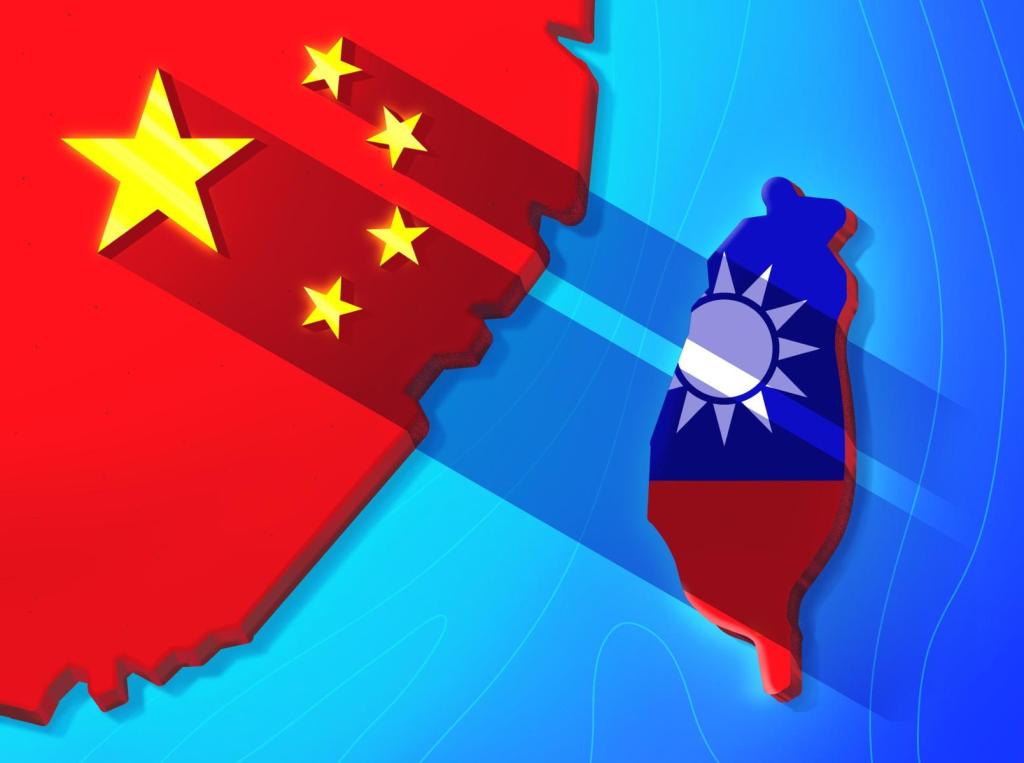
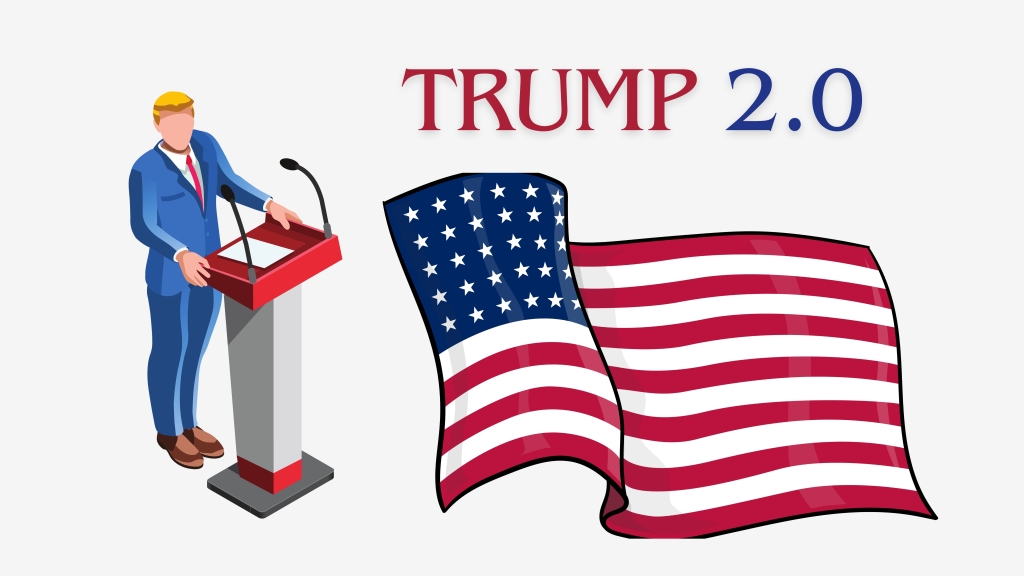
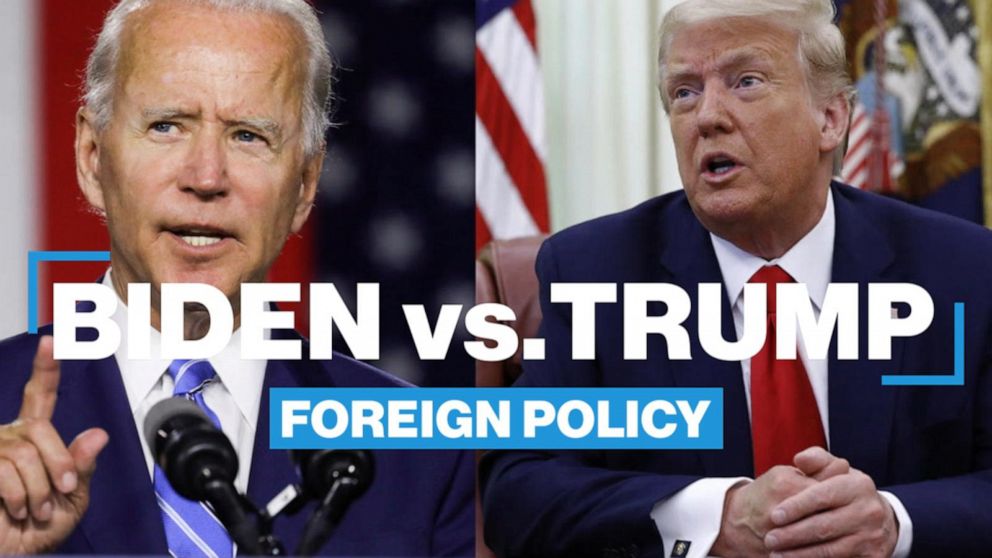
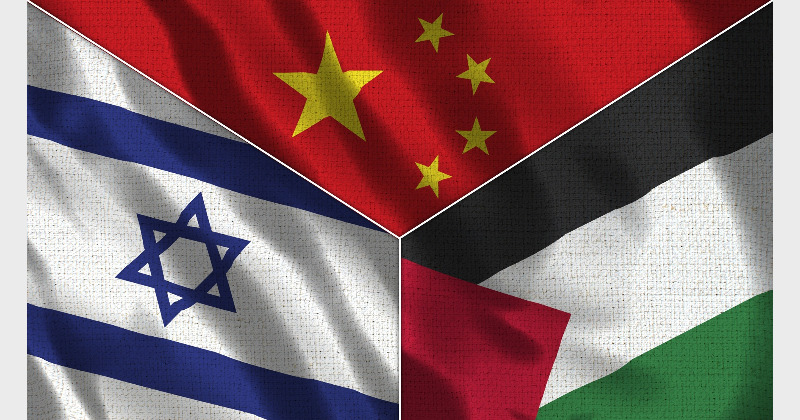
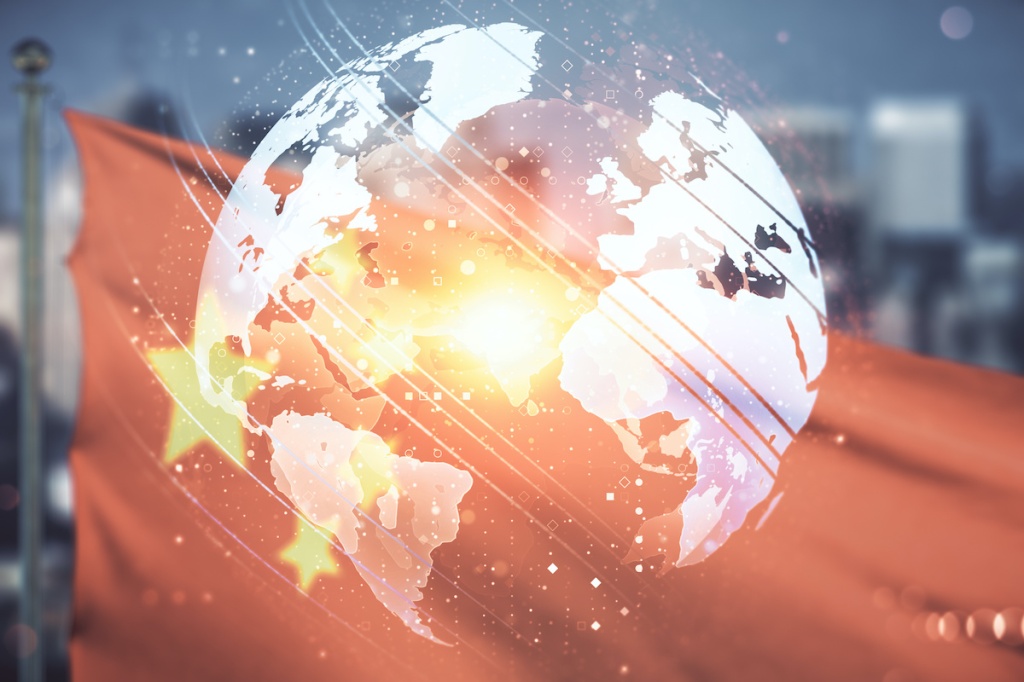
Leave a comment